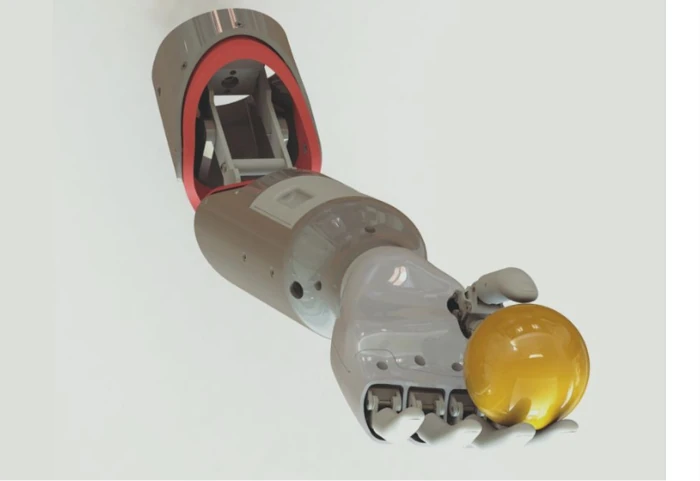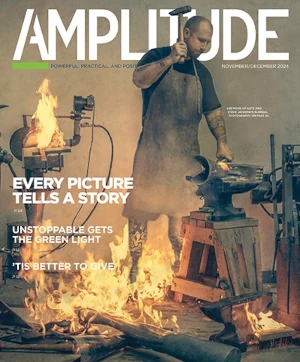
Engineers have made miraculous progress in building dexterous, highly responsive bionic hands. Unfortunately, these amazing devices are notoriously difficult to master. Manufacturers have tried building interfaces that run through the residual limb, the pecs, even the brain itself. While all these approaches have shown promise, none has achieved anything resembling a universal breakthrough.
Now comes a Polish device with a new control mechanism that is simultaneously unexpected and refreshingly intuitive. Dubbed the SuperHand, this prosthesis responds to signals from the user’s feet. You just curl your toes, twist your ankle, lift your heel, and so forth to produce the corresponding motion in the SuperHand. With full wrist rotation and individually articulating fingers, the device offers the same manual complexity as leading bionic hands. But it only takes 15 minutes for test subjects to learn how to use it, according to BioEngineering, the Polish company that built the technology.
“The prosthesis reflects the kinematic structure of the hand—independent control of artificial fingers facilitates complex grabbing movements,” noted BioEngineering team leader Wojciech Jopek on a project summary for a government R&D program. “Our prosthesis can be operated in three major manners: using an independent solution measuring the user’s feet movements, using a traditional control method based on signals from the remaining muscles of the patient’s upper limb, or using a few buttons to select various functions of the prosthesis. . . . Our mission is to develop a product that will be highly practical and easy to handle, and at the same time as cheap to purchase and use as possible. The functionality of the prostheses lets users restore their normal activity.”
SuperHand belongs to a modular system that can be adjusted to fit all residual limbs (including above- and below-elbow), regardless of length. The hand, wrist, and elbow all have independent drives, facilitating multifaceted movements. “The solution is highly practical and easy to handle, and at the same time cheaper than similar solutions developed abroad,” Jopek adds. “This makes it possible to reduce financial barriers, which often prevent people with amputated limbs from taking advantage of state-of-the-art solutions which may improve the quality of their lives and facilitate normal daily activity.”
The only catch? In order to give the SuperHand a try, you have to fly to Wrocław for an in-person consultation at BioEngineering’s clinic. That’s the only place the device is available at present. We’ll keep an eye out for news of distribution outside Poland. Meanwhile, if you happen to be in that neighborhood and can provide a first-person review of the SuperHand, send us a note.




